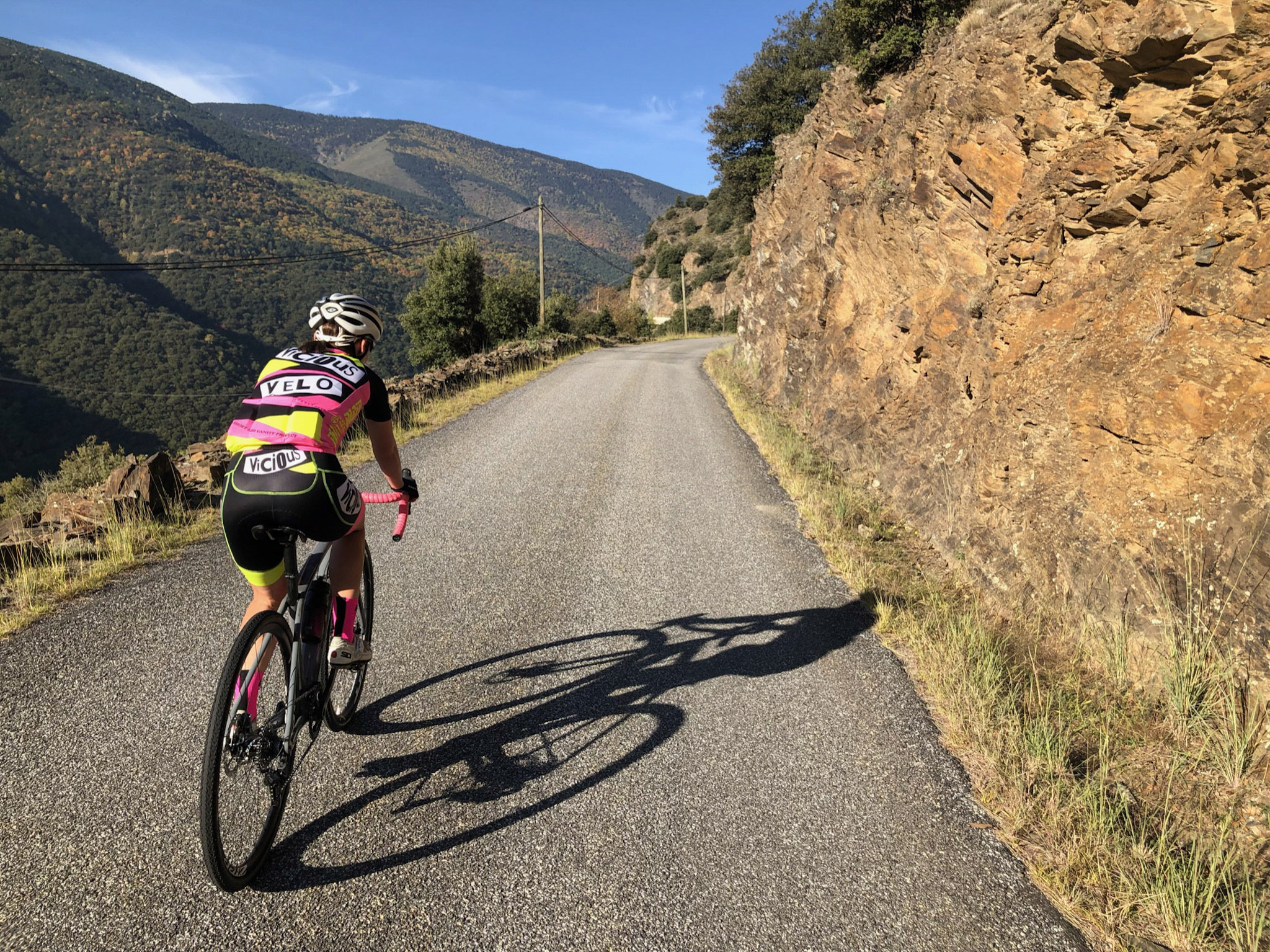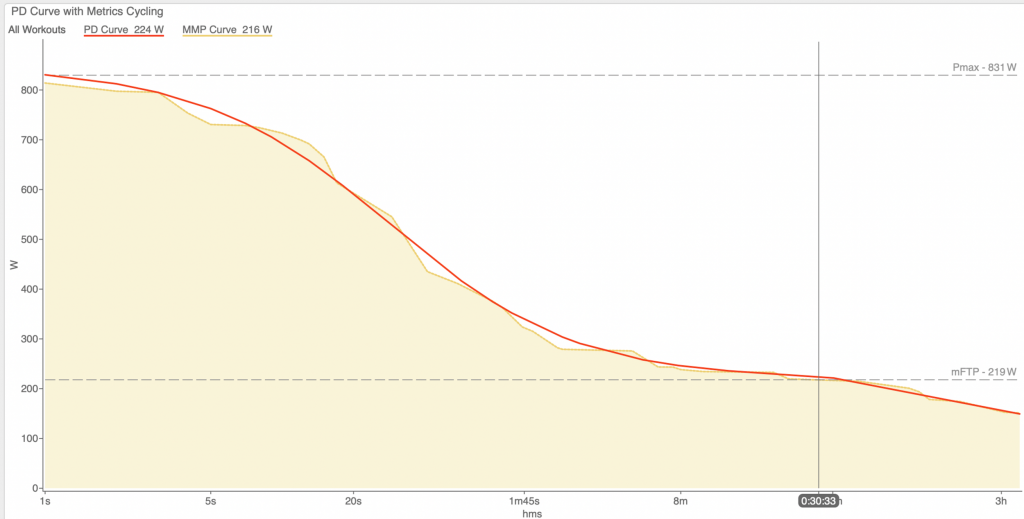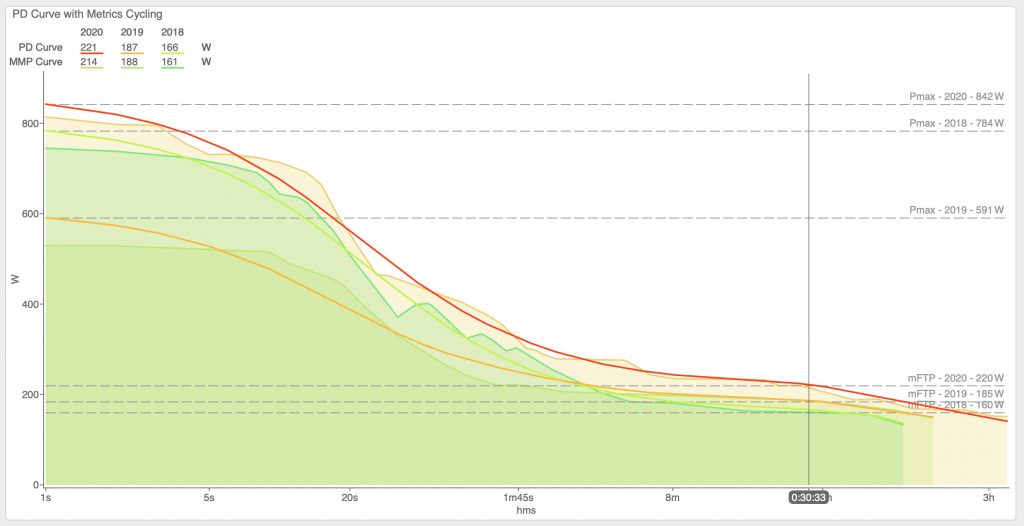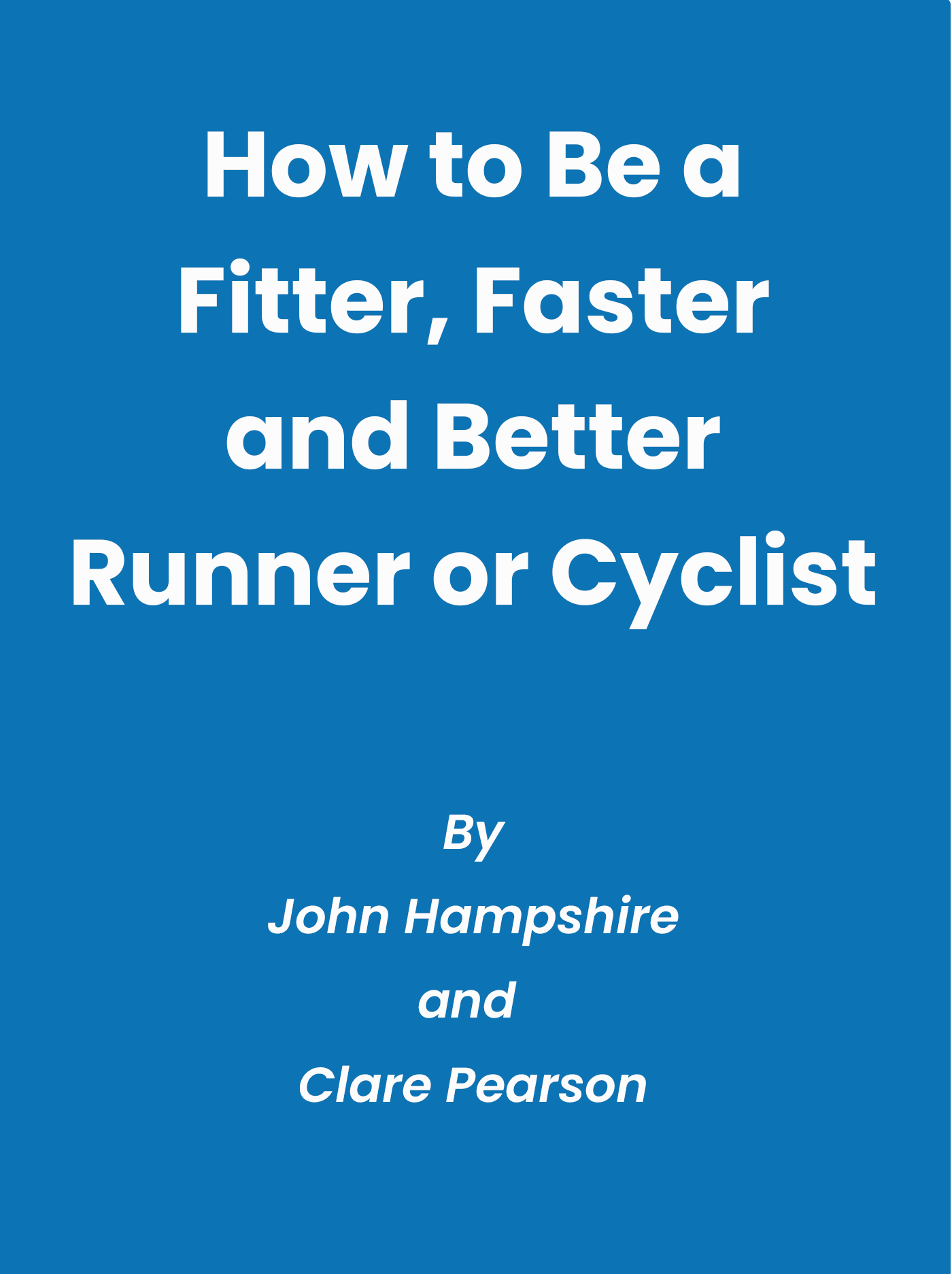What are the best cycling workouts for you? – the power duration curve

It is sometimes difficult to know what cycling workouts to do and why, particularly with all the information available nowadays. This article considers how you can determine the demands of your goal event and set workouts to help you train for those demands.
A really good way to think about this is to consider your power-duration curve. You don’t need to be using a power meter to consider things this way, you can use the ideas even if you don’t have any gadgets.
You can see a typical power-duration curve below and if you have a power meter or smart trainer, you may be able to see your own curve in one of the Apps you use to collect and look at your data.

The fundamental thing about the power-duration curve is simple: you can go harder for short periods of time than you can for longer periods of time, but you know that already. Thinking about training in this way is empowering and adds some objectivity to setting the various workouts that will develop your fitness.
What are your goals?
Think about your goals and how the related demands fit within the power-duration curve.
If you are an endurance cyclist such as a bikepacker or training for sportifs, you will be working at the longer duration end of the curve, training to develop your FTP and aerobic threshold. However, if you want to race cyclocross, mountain biking or criteriums you will be looking to develop your FTP but also to improve your anaerobic capacity and consequently need to look at shorter durations as well. In this case you can use the curve to think about where your priorities lie and which parts of the curve you want to improve.
If you do long mountain bike races you may also want to develop some anaerobic capacity and short term powers for when things get steep and technical, just to allow yourself to maintain a rhythm and get over the odd tricky section without having to walk.
How to get power data without a power meter
You can use the principles discussed here to develop your fitness specific to your goals but you can do this better if you have a way of producing and tracking your own power-duration curve. There are a few ways of doing this:
- Use a power meter on your bike – this is the obvious and most costly solution but also means you get the most complete dataset. If you can afford a power meter it is the best way to go.
- Use a gym bike that measures power or a smart indoor trainer – if you do this for a series of tests to get a profile and also for your harder workouts you are getting maybe 90% of the benefit of having a power meter on your bike. Using heart rate for your outdoor workouts works perfectly well if they are mostly endurance rides or longer efforts.
- Use a calibrated indoor trainer with a speed sensor – many standard indoor trainers are now calibrated to work with applications like Zwift and TrainerRoad to estimate power based on speed. You need a speed sensor for your back wheel but it is a good solution that gives you similar benefits to the gym bike or smart trainer at a much lower cost.
- Use Strava segments of different durations – Strava does quite a good job of estimating the average power over a segment so you can use this to make an estimate of your power-duration curve. You would need to create the curve manually using a spreadsheet or similar tool but it is a way to do it and you only need a few durations to set and track your training. You can also use Strava segments for your workouts so you have estimates of power for your harder sessions.
Case Study
In 2018 I started working with a cyclist who was aiming to build enough fitness to ride with his club mates on one or two rides each week and participate in various sportifs, finishing in reasonable times. He also wanted to be able to comfortably ride 100km at a decent pace.
You can see his power duration curve below, the respective curves show his powers for 2018, 2019 and 2020.

You can see from the curves that he improved his powers around FTP between 2018 and 2019 but his short duration powers got worse. Between 2019 and 2020 he improved his powers around FTP further but was also able to build up his short duration powers to higher than his 2018 levels.
How did he manage these improvements?
With goals of sportifs and club rides, there was no need to emphasise short duration powers because sprints and short sustained efforts aren’t as powers around anaerobic threshold/FTP and longer. For this reason we concentrated on building FTP with threshold and VO2max workouts such as 3 or 4 x 8 minutes [2 mins recoveries] (threshold) and 6 x 3 minutes [3 mins recoveries] (VO2max). For these interval workouts we set target powers a bit below the maximum average power for the duration such that he complete the prescribed number of efforts. We combined this with longer endurance rides, emphasising that these should be kept at a comfortable/conversational pace to make sure that they didn’t create too much fatigue and compromise quality of longer workouts. As the rider used a power meter we set an upper limit to the power he should ride at in longer rides.
Due to the focus on endurance and threshold there were very few very high intensity workouts and as a consequence the performance at shorter durations declined.
Using this strategy in 2019 also allowed a higher volume of training and consequently the rider had a much better base of fitness to work with, meaning he could handle more harder workouts and as a consequence we were able to introduce some short duration efforts.
This was also necessary because in 2020 he decided to do some Zwift races. Zwift races are usually at a very high intensity from the start and require hard efforts to stay with the main bunch or when things break up, to stay with other riders. These requirements combine to create a necessity to be able to work anaerobically and recover whilst continuing to ride at high intensity and as a consequence we included some high intensity anaerobic workouts.
This resulted in improved performance at shorter durations due to improved anaerobic capacity. At the level the rider was competing there wasn’t a requirement for a good sprint, so the short term powers weren’t a training goal but the improvement is a consequence of improved anaerobic capacity, the ability to go hard and recover. This is shown in the chart and also in other metrics provided by WKO5, the analysis tool that was used to analyse and display the data.
This strategy was very successful as you can see from the chart, the modelled FTP improved from 160 Watts in 2018 to 220 Watts in 2020, an improvement of over 35%. This went in hand with an improvement in endurance and short duration powers, the latter being very much a secondary goal but very nice to see.
Summary
Hopefully you can see from this discussion that visualising your goals according to the power duration curve can be very useful and effective for both setting training goals and tracking improvements according to your event needs.
Related questions:
Is a power meter worth it? If you can afford a power meter it is worth the investment, particularly if you are training for events that demand higher intensity or you are looking to get to the next level of competition. Think about how much you spend on your bike(s) and maybe spend a bit less on the bike and add a power meter. Obviously you need to learn how to use it properly because otherwise it is a waste of money and could leave you worse off that you would be without one.
Is Tempo training a good idea? There is a lot of debate as to whether training between your aerobic and anaerobic thresholds, often known as Tempo training is a good idea. Several studies have shown that greater improvements in various metrics come from working above and below anaerobic threshold with very little training in between to be most effective. This is termed Polarized Training and perhaps recently accredited to Professor Stephen Seiler. However, the performance tests for these studies have been focused on tests of up to one hour and it seems possible that for longer tests or events, the training benefits of Tempo training could be very positive. I certainly use Tempo Training to good effect with many of my athletes.
August 26, 2021

Comments